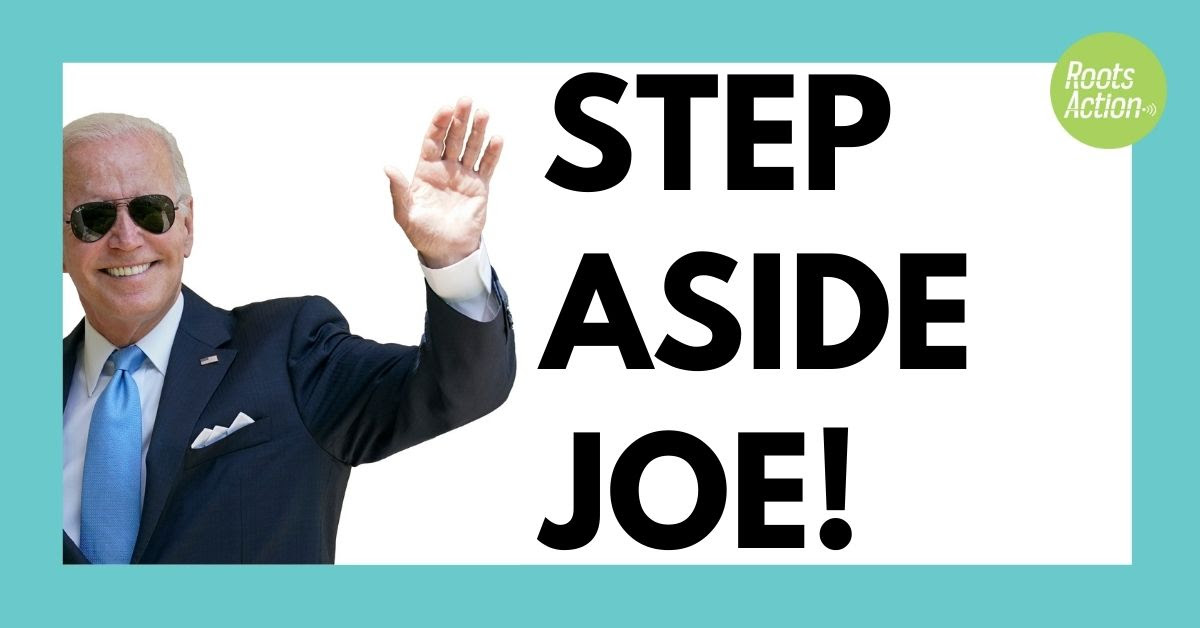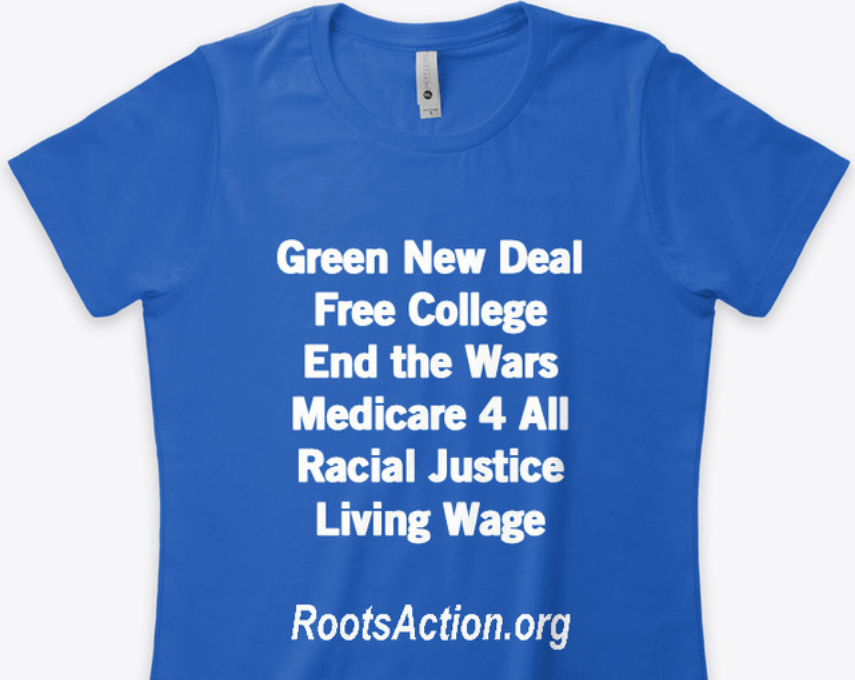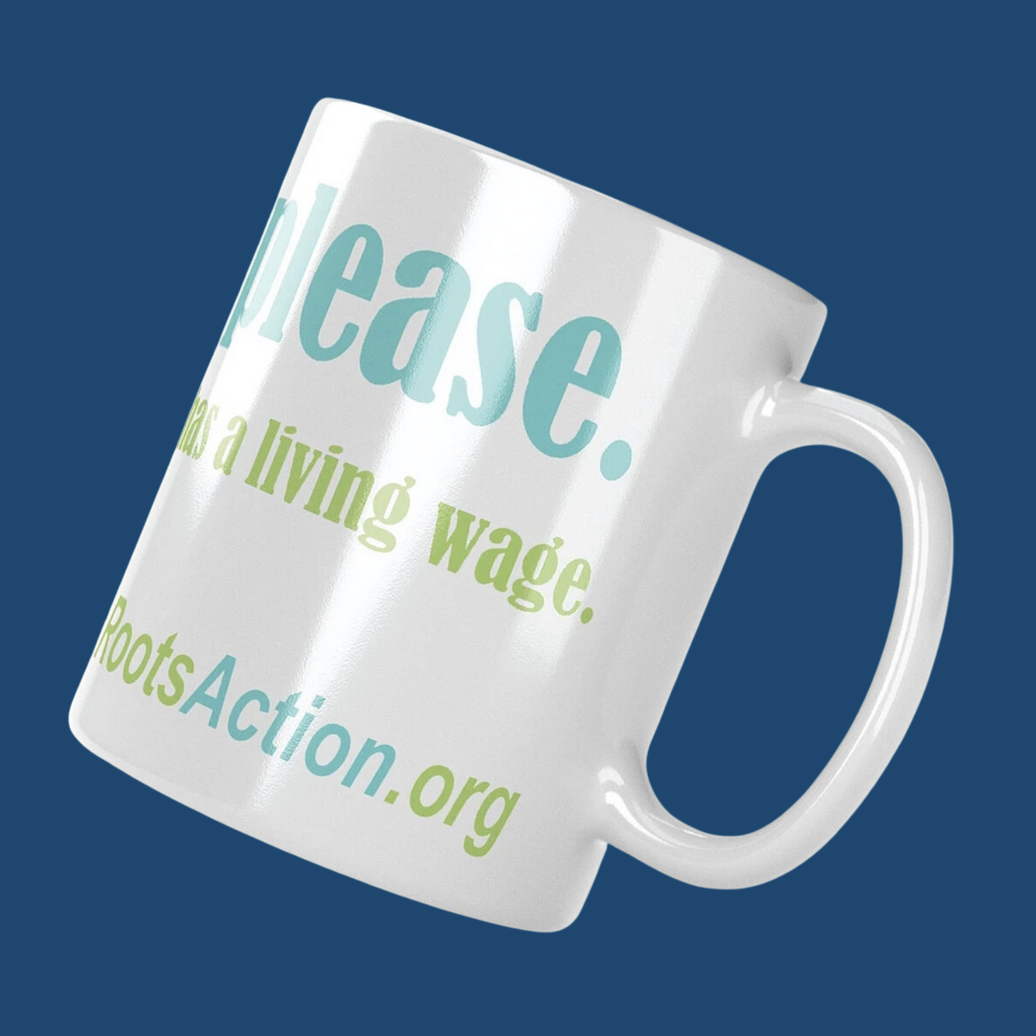The U.S. economy continues to stagnate. It’s growing at the rate of 1.8 percent, which is barely growing at all. Consumer spending is down. Home prices are down. Jobs and wages are going nowhere.
It’s vital that we understand the truth about the American economy.
How did we go from the Great Depression to 30 years of Great Prosperity? And from there, to 30 years of stagnant incomes and widening inequality, culminating in the Great Recession? And from the Great Recession into such an anemic recovery?
The Great Prosperity
During three decades from 1947 to 1977, the nation implemented what might be called a basic bargain with American workers. Employers paid them enough to buy what they produced. Mass production and mass consumption proved perfect complements. Almost everyone who wanted a job could find one with good wages, or at least wages that were trending upward.
During these three decades everyone’s wages grew — not just those at or near the top.
Government enforced the basic bargain in several ways. It used Keynesian policy to achieve nearly full employment. It gave ordinary workers more bargaining power. It provided social insurance. And it expanded public investment. Consequently, the portion of total income that went to the middle class grew while the portion going to the top declined. But this was no zero-sum game. As the economy grew almost everyone came out ahead, including those at the top.
The pay of workers in the bottom fifth grew 116 percent over these years — faster than the pay of those in the top fifth (which rose 99 percent), and in the top 5 percent (86 percent).
Productivity also grew quickly. Labor productivity — average output per hour worked — doubled. So did median incomes. Expressed in 2007 dollars, the typical family’s income rose from about $25,000 to $55,000. The basic bargain was cinched.
The middle class had the means to buy, and their buying created new jobs. As the economy grew, the national debt shrank as a percentage of it.
The Great Prosperity also marked the culmination of a reorganization of work that had begun during the Depression. Employers were required by law to provide extra pay — time-and-a-half — for work stretching beyond 40 hours a week. This created an incentive for employers to hire additional workers when demand picked up. Employers also were required to pay a minimum wage, which improved the pay of workers near the bottom as demand picked up.
When workers were laid off, usually during an economic downturn, government provided them with unemployment benefits, usually lasting until the economy recovered and they were rehired. Not only did this tide families over but it kept them buying goods and services — an “automatic stabilizer” for the economy in downturns.
Perhaps most significantly, government increased the bargaining leverage of ordinary workers. They were guaranteed the right to join labor unions, with which employers had to bargain in good faith. By the mid-1950s more than a third of all America workers in the private sector were unionized. And the unions demanded and received a fair slice of the American pie. Non-unionized companies, fearing their workers would otherwise want a union, offered similar deals.
Read more here.










